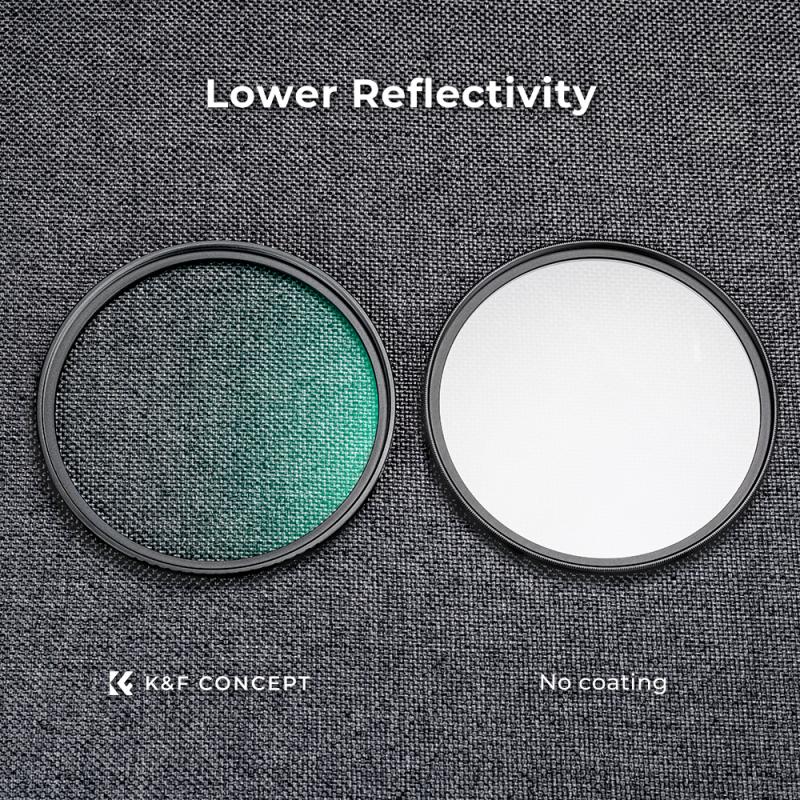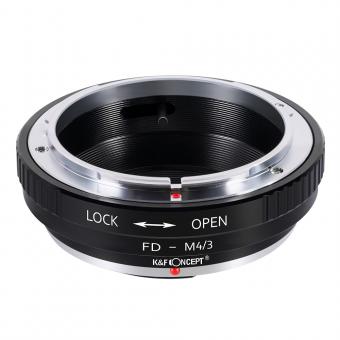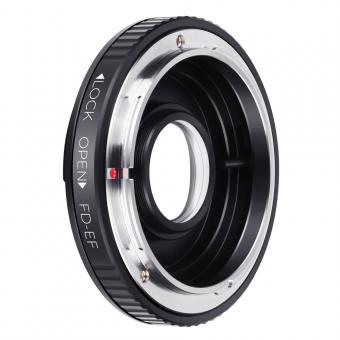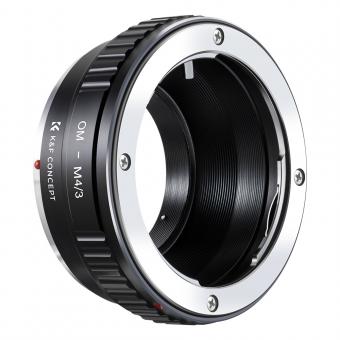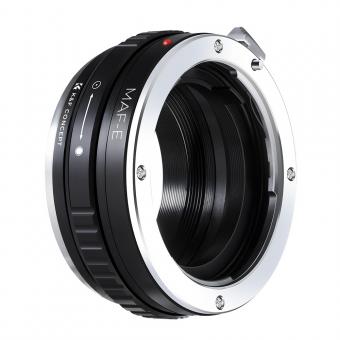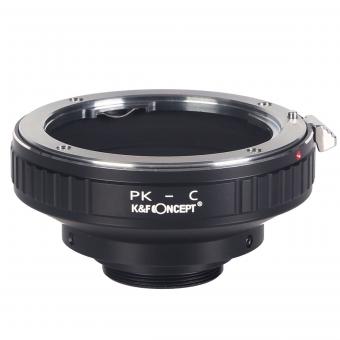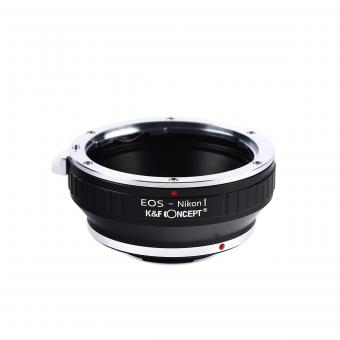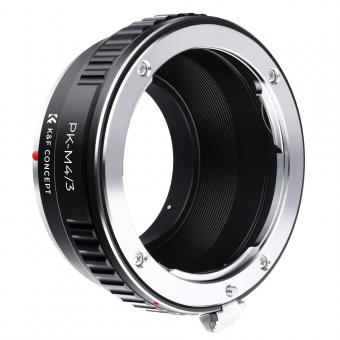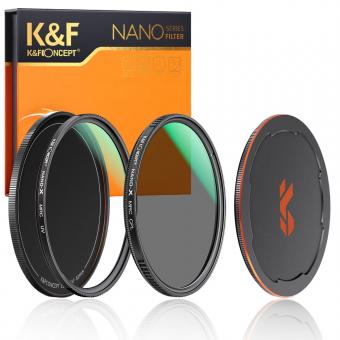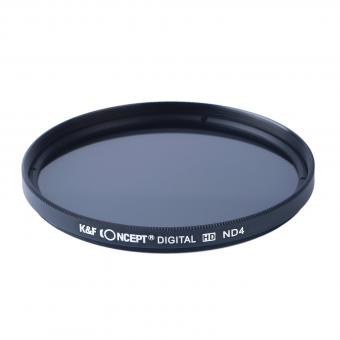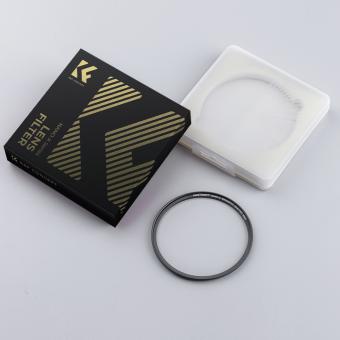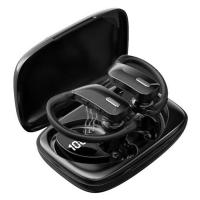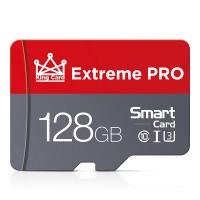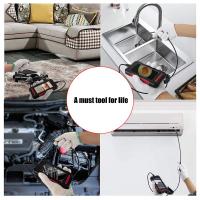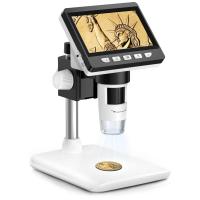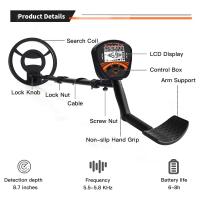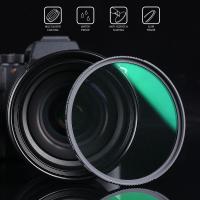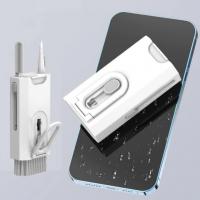How To Get Disposable Cameras Filter ?
Disposable cameras typically do not have interchangeable filters like some professional cameras do. The built-in lens of a disposable camera is usually fixed and does not have a filter thread to attach filters. However, if you are looking to achieve certain filter effects with a disposable camera, you can try using external filters that can be attached to the front of the camera using adhesive or tape. These filters can include color filters, diffusion filters, or even homemade filters made from materials like colored cellophane or plastic. Experimenting with different filters can add creative effects to your disposable camera photographs.
1、 Types of disposable camera filters available in the market
Types of disposable camera filters available in the market:
1. Color filters: These filters are designed to enhance or alter the colors in your photographs. They come in various shades and can be used to create a warm or cool tone, intensify certain colors, or create a vintage look.
2. Polarizing filters: These filters reduce glare and reflections from non-metallic surfaces such as water or glass. They also enhance color saturation and contrast, resulting in more vibrant and detailed images.
3. UV filters: UV filters are primarily used to protect the camera lens from ultraviolet rays. They also help reduce haze and improve image clarity, especially when shooting in bright sunlight.
4. Graduated filters: These filters have a gradient effect, with one half being clear and the other half having a tint or color. They are commonly used in landscape photography to balance the exposure between the sky and the foreground.
5. Soft focus filters: Soft focus filters create a dreamy and romantic effect by diffusing light and reducing sharpness. They are often used in portrait photography to create a more flattering and ethereal look.
6. Special effects filters: These filters offer a range of creative effects such as starbursts, vignettes, and prism-like distortions. They can add a unique and artistic touch to your photographs.
To get disposable camera filters, you can visit photography stores, both online and offline. Many online retailers offer a wide variety of filters specifically designed for disposable cameras. Additionally, you can also check out local camera stores or specialty photography shops. It's important to ensure that the filters you purchase are compatible with disposable cameras, as they may have different dimensions or attachment mechanisms compared to regular camera filters.
As for the latest point of view, the popularity of disposable cameras has seen a resurgence in recent years, with many people embracing the nostalgic and unpredictable nature of film photography. This has led to an increase in demand for disposable camera filters, as photographers seek to experiment and enhance their images. Manufacturers have responded to this trend by offering a wider range of filters specifically designed for disposable cameras, catering to the unique needs and limitations of these cameras.
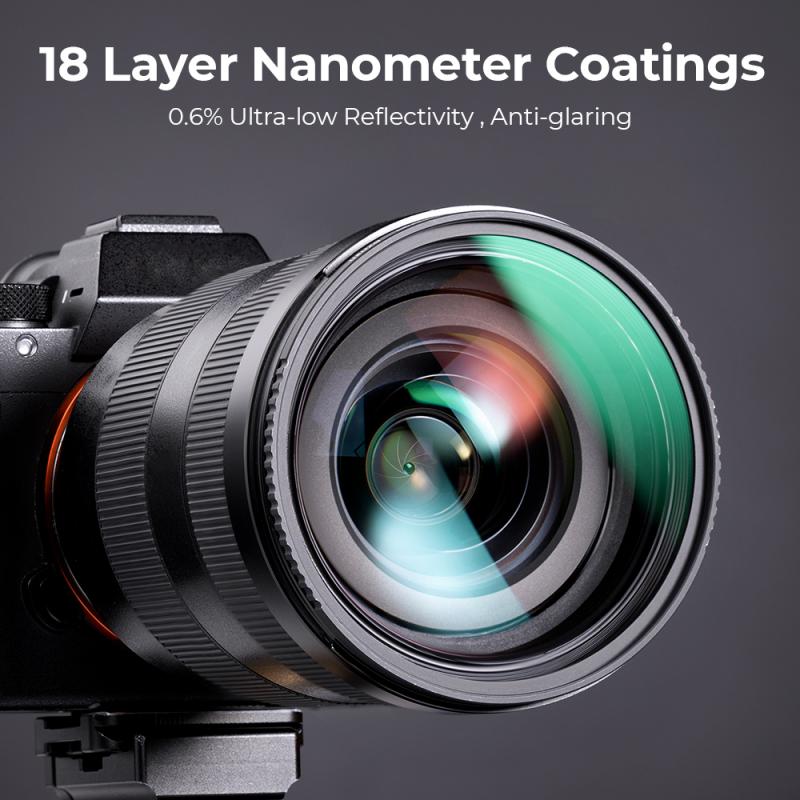
2、 How to attach a filter to a disposable camera
To attach a filter to a disposable camera, you will need a few supplies and a bit of patience. Here's a step-by-step guide on how to do it:
1. Gather the necessary supplies: You will need a disposable camera, a filter of your choice, adhesive putty or tape, and a pair of scissors.
2. Choose the right filter: There are various types of filters available, such as color filters, polarizing filters, and neutral density filters. Select the one that suits your creative vision or desired effect.
3. Prepare the filter: If the filter is larger than the camera lens, use the scissors to trim it down to the appropriate size. Make sure it fits snugly over the lens without obstructing the viewfinder.
4. Attach the filter: Apply a small amount of adhesive putty or tape to the back of the filter. Carefully place it over the camera lens, ensuring it is centered and secure. Press down gently to ensure it sticks properly.
5. Test and adjust: Turn on the camera and look through the viewfinder to ensure the filter does not obstruct the image. If necessary, make any adjustments to the position or attachment of the filter.
It's important to note that disposable cameras are not designed to accommodate filters, so attaching one may require some improvisation. Additionally, keep in mind that modifying a disposable camera may void any warranty it may have.
In recent years, the popularity of disposable cameras has declined due to the rise of digital photography. However, some photographers still enjoy the nostalgic and unpredictable nature of disposable cameras. As a result, there has been a resurgence of interest in modifying these cameras to achieve unique effects, including the use of filters.
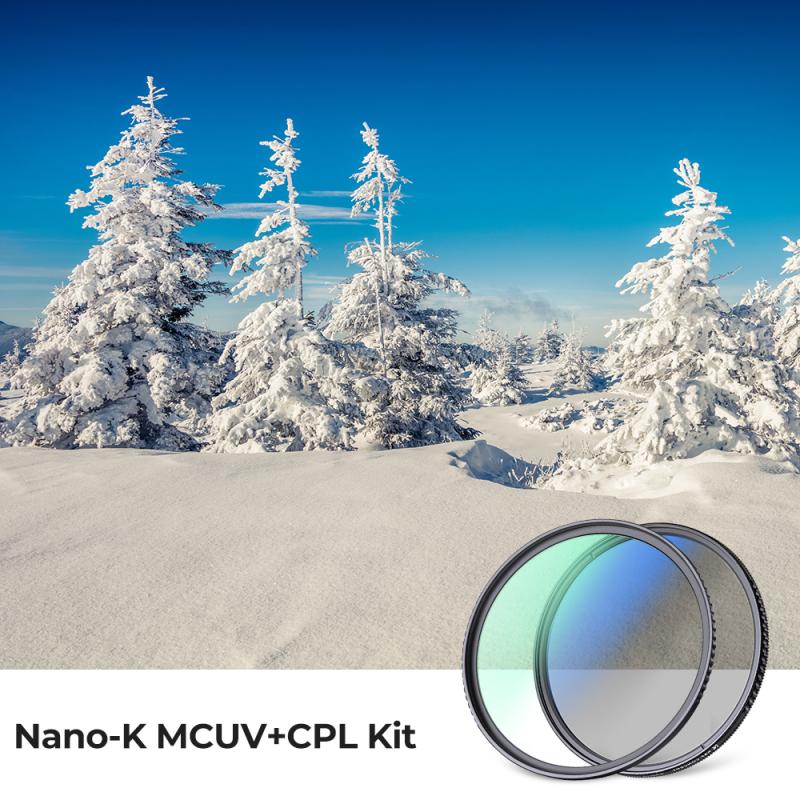
3、 Popular filter options for disposable cameras
Popular filter options for disposable cameras can vary depending on personal preferences and trends. However, there are a few classic filter options that have remained popular over the years.
One popular filter option for disposable cameras is the black and white filter. This filter can give your photos a timeless and nostalgic feel, and it can be particularly effective for capturing portraits or street photography. Another popular option is the vintage filter, which can add a warm and faded look to your photos, reminiscent of old film cameras. This filter can be great for capturing landscapes or creating a vintage aesthetic.
In recent years, there has been a rise in popularity of filters that mimic the look of instant film. These filters can give your photos a unique and retro vibe, similar to the popular Polaroid cameras of the past. Additionally, there are filters that can enhance colors and saturation, making your photos more vibrant and eye-catching.
To get disposable camera filters, you can either purchase disposable cameras that come with built-in filters or purchase separate filter attachments that can be added to your disposable camera. Some disposable cameras also come with the option to switch between different filters, allowing you to experiment with different looks.
It's worth noting that with the advancement of smartphone photography and photo editing apps, many people now prefer to apply filters digitally after taking the photo. This allows for more control and flexibility in choosing and adjusting filters. However, if you're looking for an authentic and nostalgic experience, using disposable camera filters can be a fun and creative option.
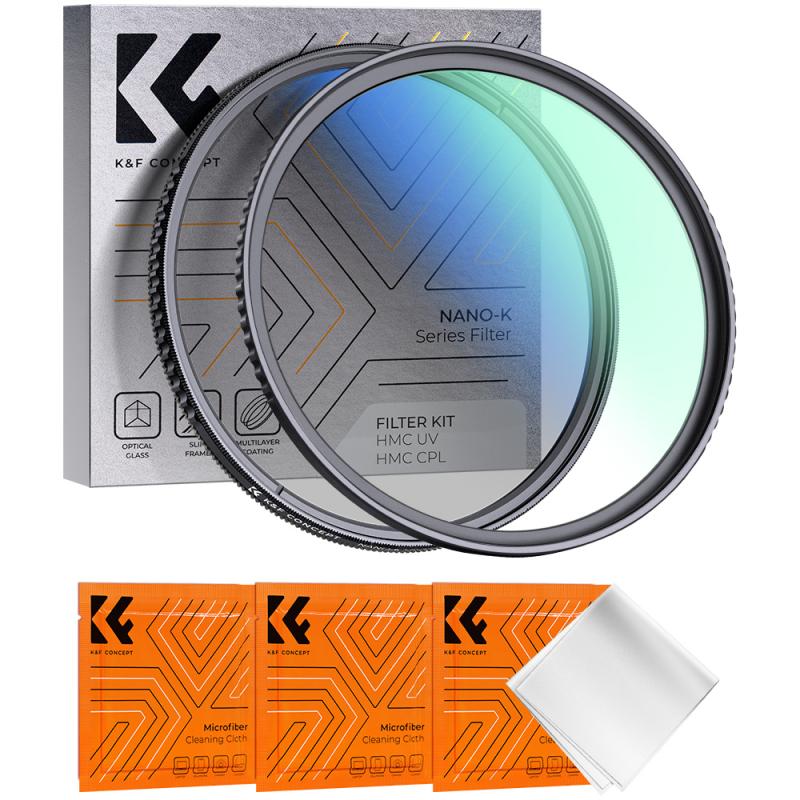
4、 DIY methods for creating filters for disposable cameras
To get disposable camera filters, you have a few options. The first and easiest method is to purchase pre-made disposable camera filters online. Many websites offer a variety of filters specifically designed for disposable cameras. These filters are usually made of plastic and can be easily attached to the front of the camera lens.
Another option is to visit a local camera store or photography shop. They may carry disposable camera filters or be able to order them for you. Additionally, some stores may offer filter kits that allow you to customize and create your own filters for disposable cameras.
If you prefer a more DIY approach, you can create your own filters for disposable cameras. One method is to use colored cellophane or transparent plastic sheets. Cut the material to fit the size of the camera lens and attach it with tape or rubber bands. Experiment with different colors and layers to achieve the desired effect.
Another DIY method is to use markers or colored pencils to draw directly on the camera lens. This can create unique and artistic effects, but be careful not to damage the lens or obstruct the viewfinder.
It's worth noting that disposable cameras are designed for simplicity and convenience, so the lens quality may not be as high as that of professional cameras. Therefore, the results of using filters on disposable cameras may vary. However, with some experimentation and creativity, you can still achieve interesting and fun effects.
